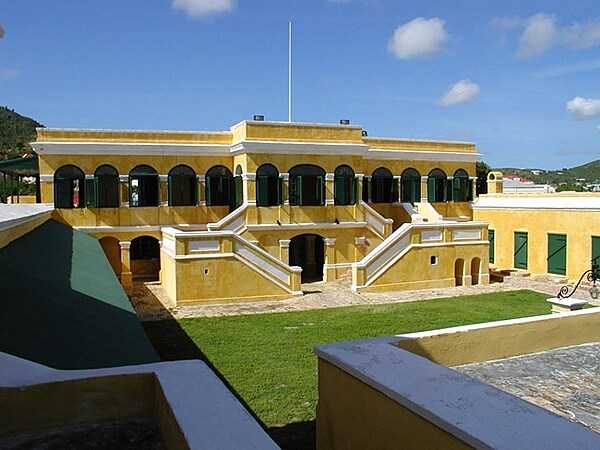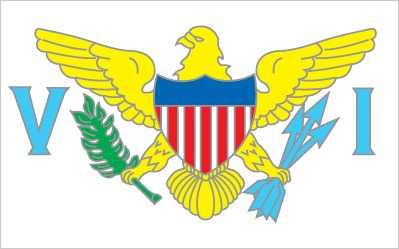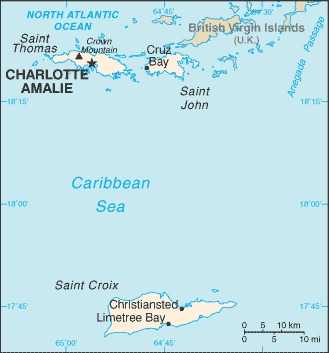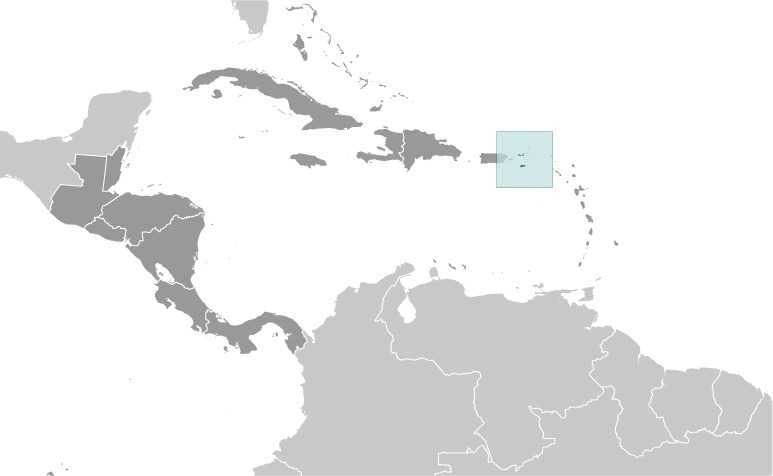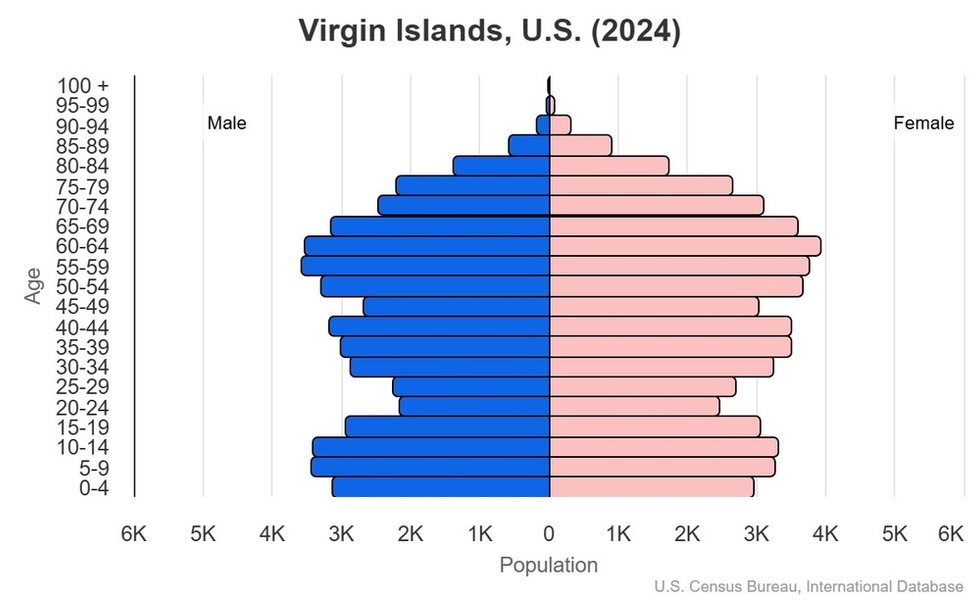Introduction
Tip
Visit the Definitions and Notes page to view a description of each topic.
Geography
People and Society
Population
comparison rankings: total 192; male 195; female 191
Median age
comparison ranking: total 37
Population growth rate
comparison ranking: 223
Birth rate
comparison ranking: 162
Death rate
comparison ranking: 52
Net migration rate
comparison ranking: 218
Infant mortality rate
comparison ranking: total 153
Life expectancy at birth
comparison ranking: total population 51
Total fertility rate
comparison ranking: 108
Environment
Carbon dioxide emissions
comparison ranking: total emissions 157
Government
Economy
Real GDP (purchasing power parity)
comparison ranking: 185
Real GDP growth rate
comparison ranking: 203
Real GDP per capita
comparison ranking: 46
Labor force
comparison ranking: 188
Unemployment rate
comparison ranking: 165
Youth unemployment rate (ages 15-24)
comparison ranking: total 33
Energy
Communications
Telephones - fixed lines
comparison ranking: total subscriptions 145
Telephones - mobile cellular
comparison ranking: total subscriptions 196
Broadband - fixed subscriptions
comparison ranking: total 185
Transportation
Merchant marine
comparison ranking: total 177
